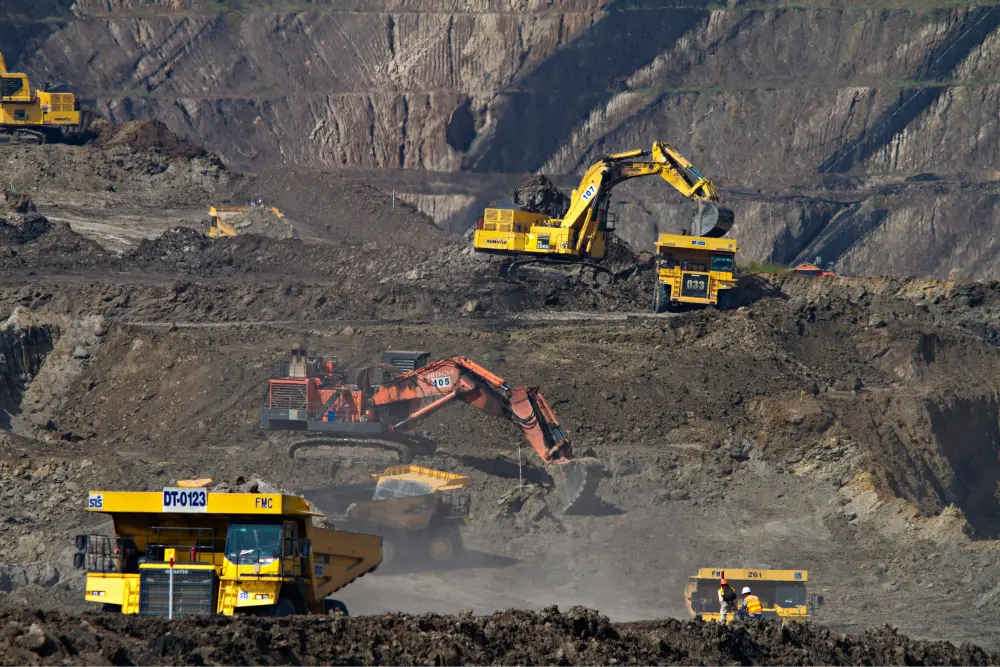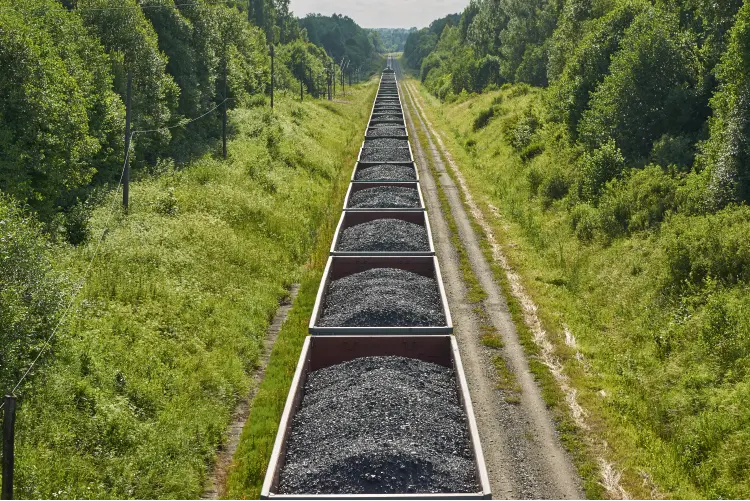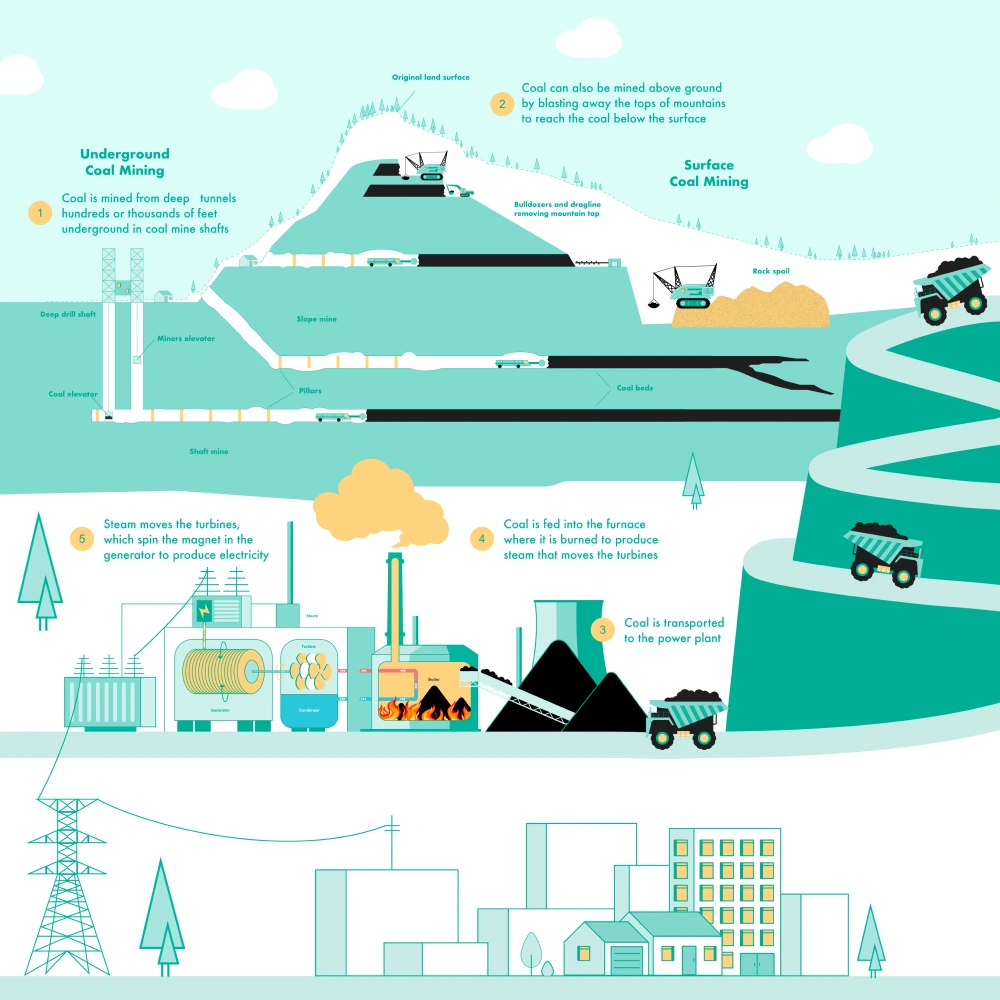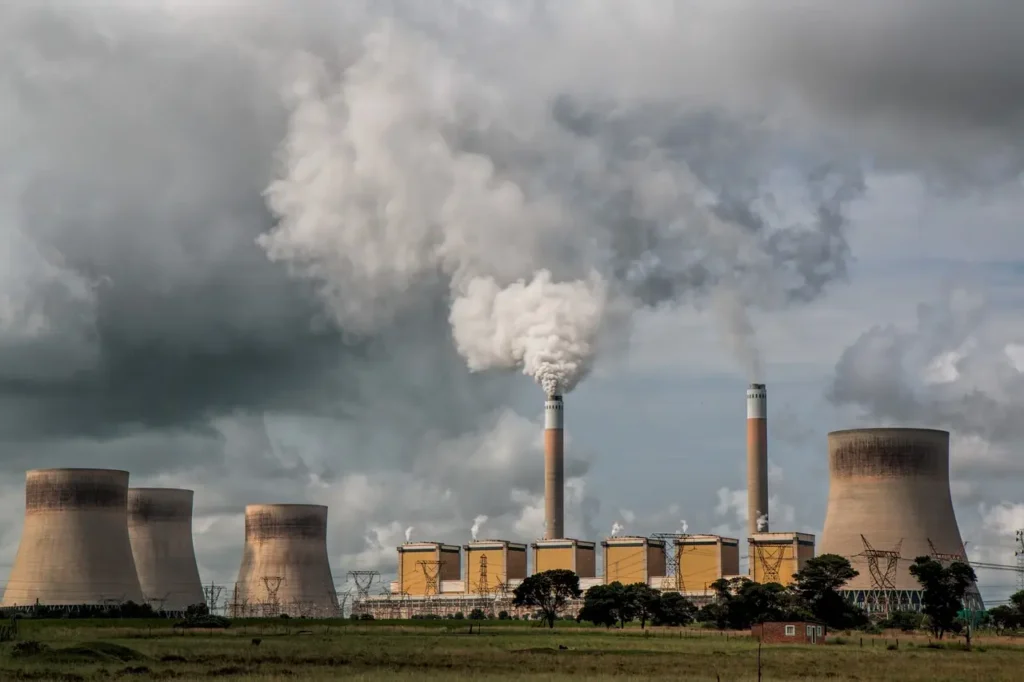Environmental Impacts of Coal
5 minute readCoal energy has powered industries for decades, but its environmental impact raises serious concerns
Home > Learning Center > Energy Production > How Coal Mining Works
2 minute read • Last update March 2024

Coal mining is the process of extracting coal from the earth. Coal miners use large machines to remove coal from underground or near the surface. Some coal deposits, known as coal beds or seams, are located close to the earth’s surface, making them easily accessible. There are also coal deposits that are deep underground.
Surface mining is a method commonly used when coal deposits are located relatively close to the surface, typically less than 200 feet underground. This type of mining involves the use of large machines that remove the topsoil and layers of rock, known as overburden, to expose the coal seams underneath. In some cases, mountaintop removal is employed, where the mountaintops are removed to access the coal seams beneath.
Surface mining is the preferred method for about two-thirds of coal production in the United States because it is generally more cost-effective compared to underground mining.
Underground mining, also known as deep mining, is used when the coal deposits are located more than 200 feet below the surface. Some underground mines can be incredibly deep, with tunnels extending for miles from vertical mine shafts. Miners descend into the deep mine shafts using elevators and then travel through long tunnels on small trains to reach the coal seams. Large machines are used by the miners to dig out the coal from these underground deposits.

After coal is mined, it’s processed and then transported to consumers in a number of ways:
Once the coal is extracted from the ground, it is often taken to a nearby preparation plant for cleaning and processing. This plant removes unwanted materials like rocks, dirt, ash, sulfur, and others to enhance the quality and heating value of the coal.

Transporting coal can be costly compared to mining it. To reduce transportation expenses, some coal consumers, such as coal-fired power plants, are strategically located near coal mines.
Conveyors, trams, and trucks are used for short distances within mines or to nearby consumers, but most coal (70%) is transported via rail. Barges and ships are sometimes used to transport coal across lakes, rivers, and oceans.
Slurry pipelines, although not currently utilized in the United States, can transport a mixture of crushed coal and water.
Graham Lumley, Digital Marketing Manager at BKV Energy, leads digital and traditional marketing strategies, focusing on educating Texans about the state's deregulated energy market. With over 8 years of marketing experience, he creates content to help consumers understand and save on their energy bills, bringing a fresh and dynamic approach to the industry.

Coal energy has powered industries for decades, but its environmental impact raises serious concerns

Get $50 off your electric bill!
Use code BKVEJOINUS50
Enter your zip code to shop BKV Energy's affordable, fixed-rate Texas electricity plans. Use the promo code for $50 off your electric bill.